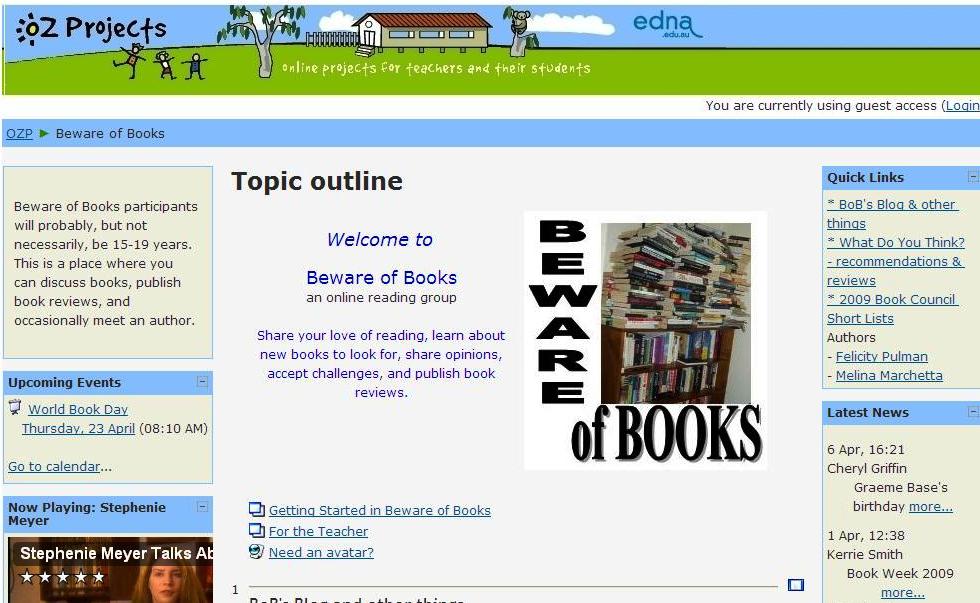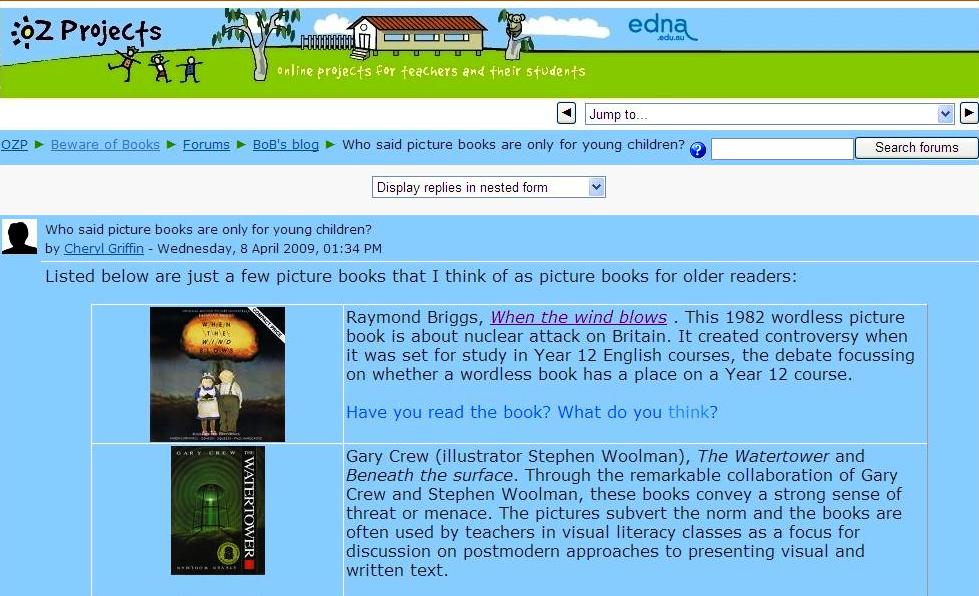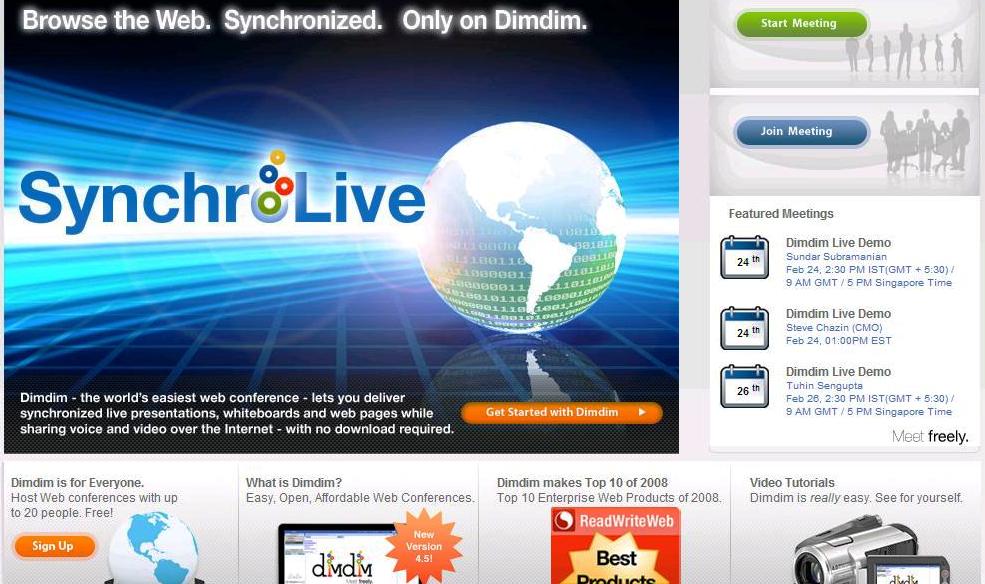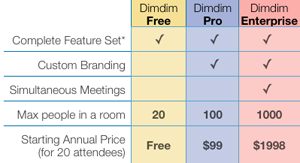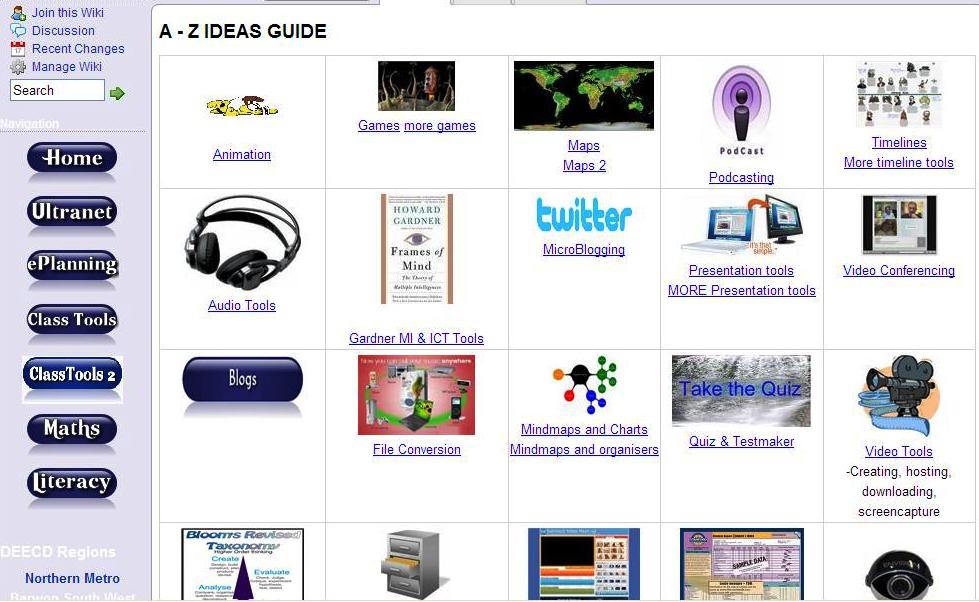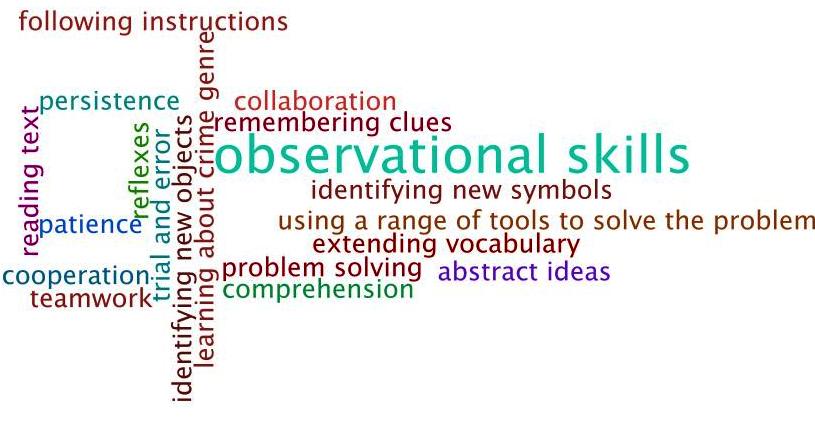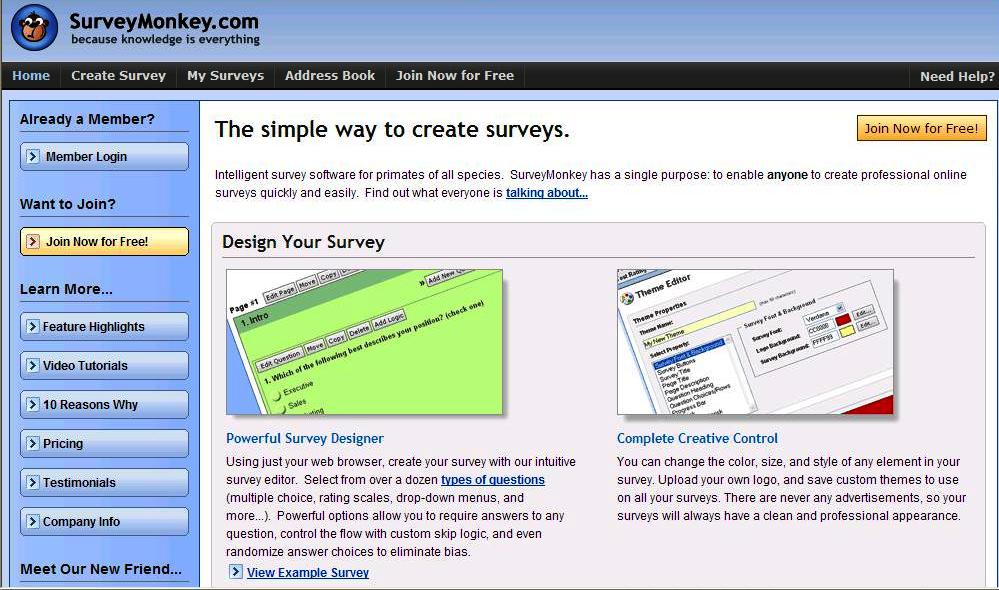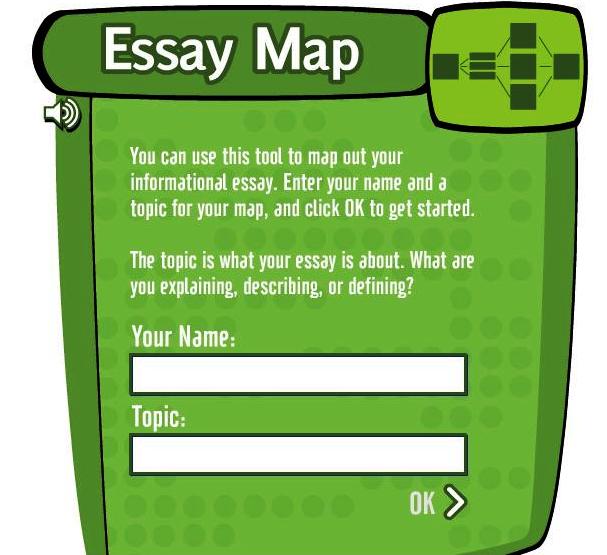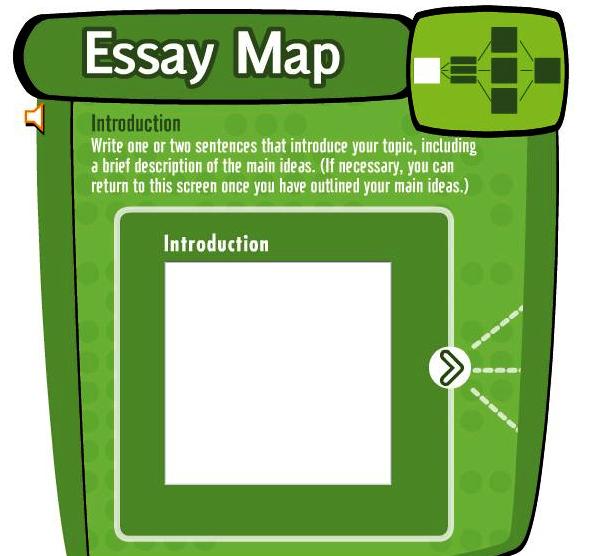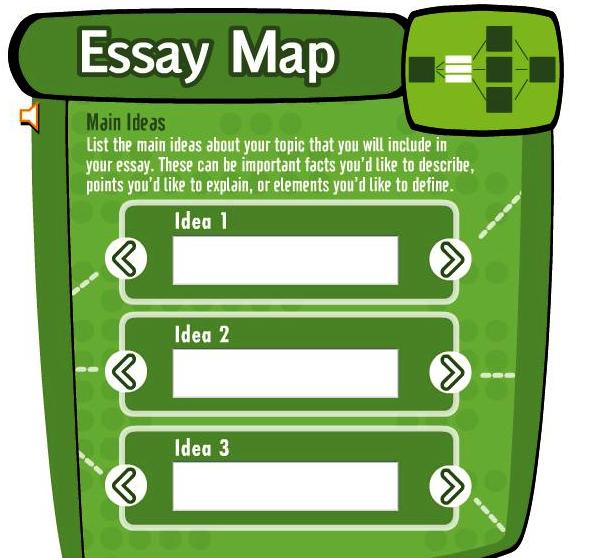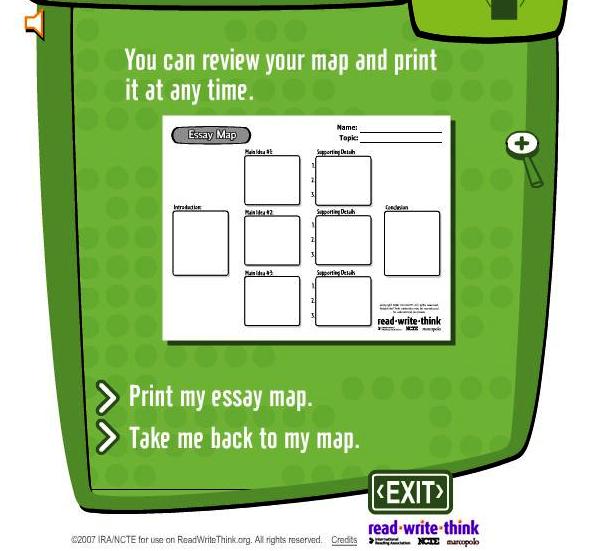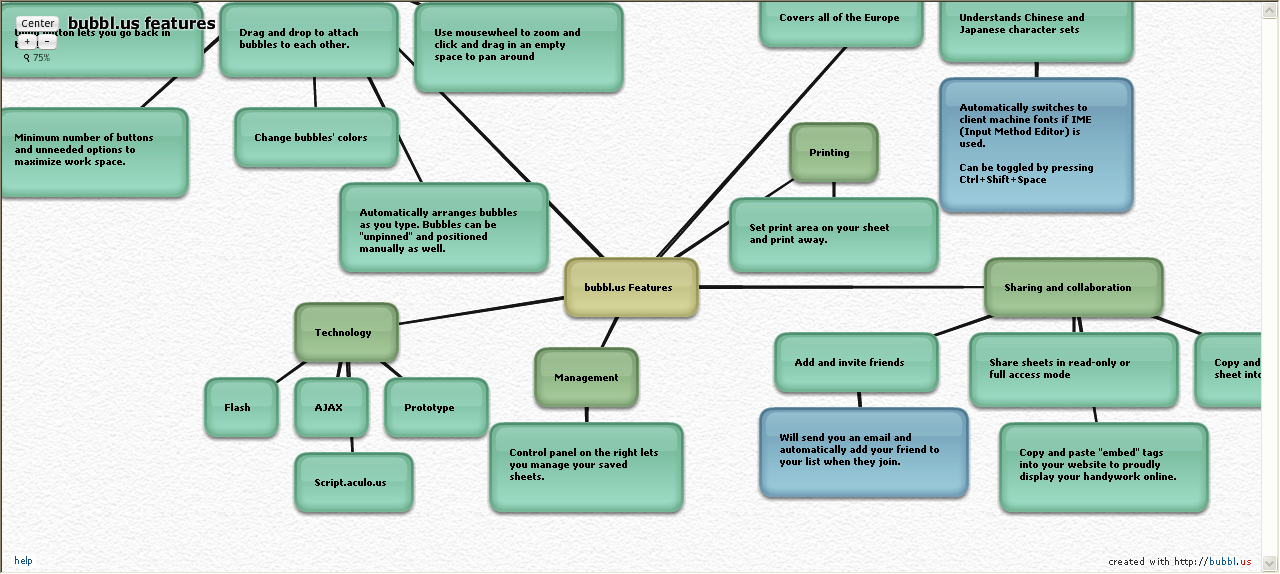To celebrate World Book Day, here is a site for upper secondary students who are interested in books and reading.
Beware of Books is an online site from OzProjects (hosted by EdNA) which is aimed at 15-19 year olds.
Teachers/librarians who have not been able to set up their own book blog, or those who want their students to communicate with a wider audience should check out Beware of Books.
As Beware of Books has forums, students are able to discuss books, themes and ideas with others. It is suggested that students use an avatarand the link given by Beware of Books is one where students can select an animated avatar. This gives students an online ‘identity’ while keeping their own image private. The forums are monitored and inappropriate postings are removed.
There are book reviews as well as items such as an online interview with Twilight author Stephenie Meyer and occasionally authors such as Felicity Pulman and Melina Marchetta are guest discussion participants.

